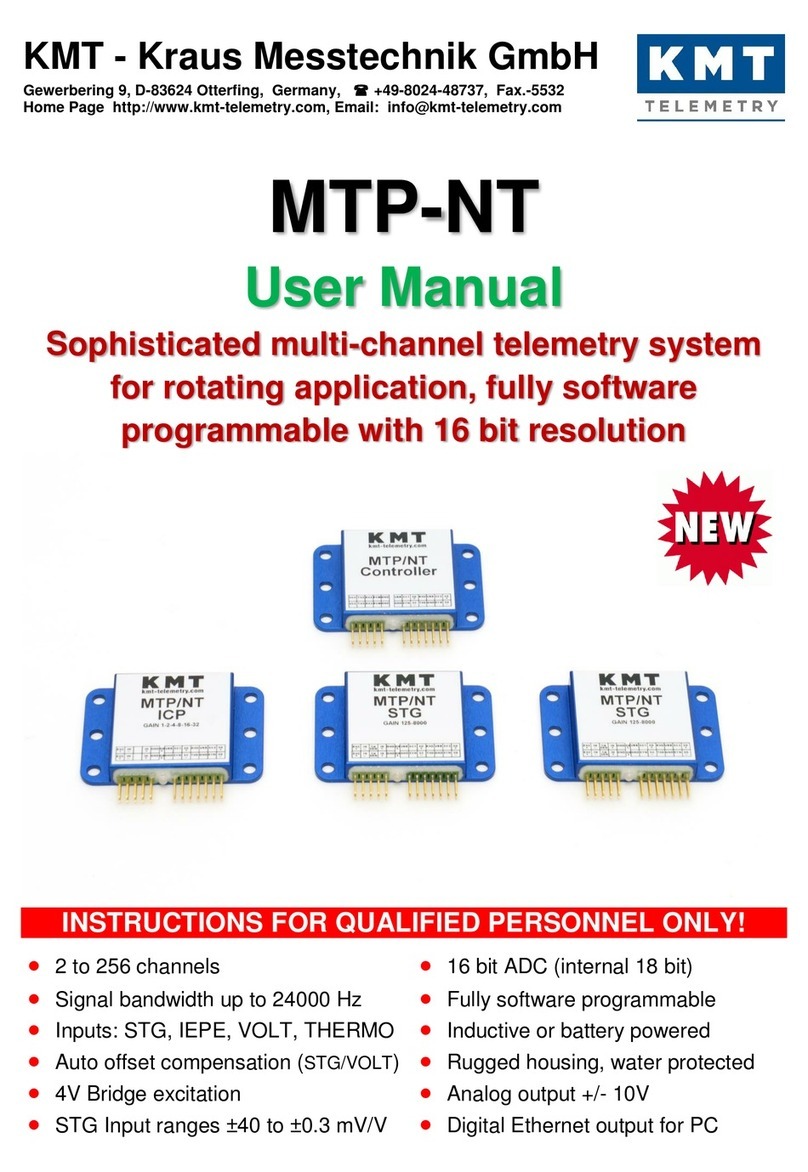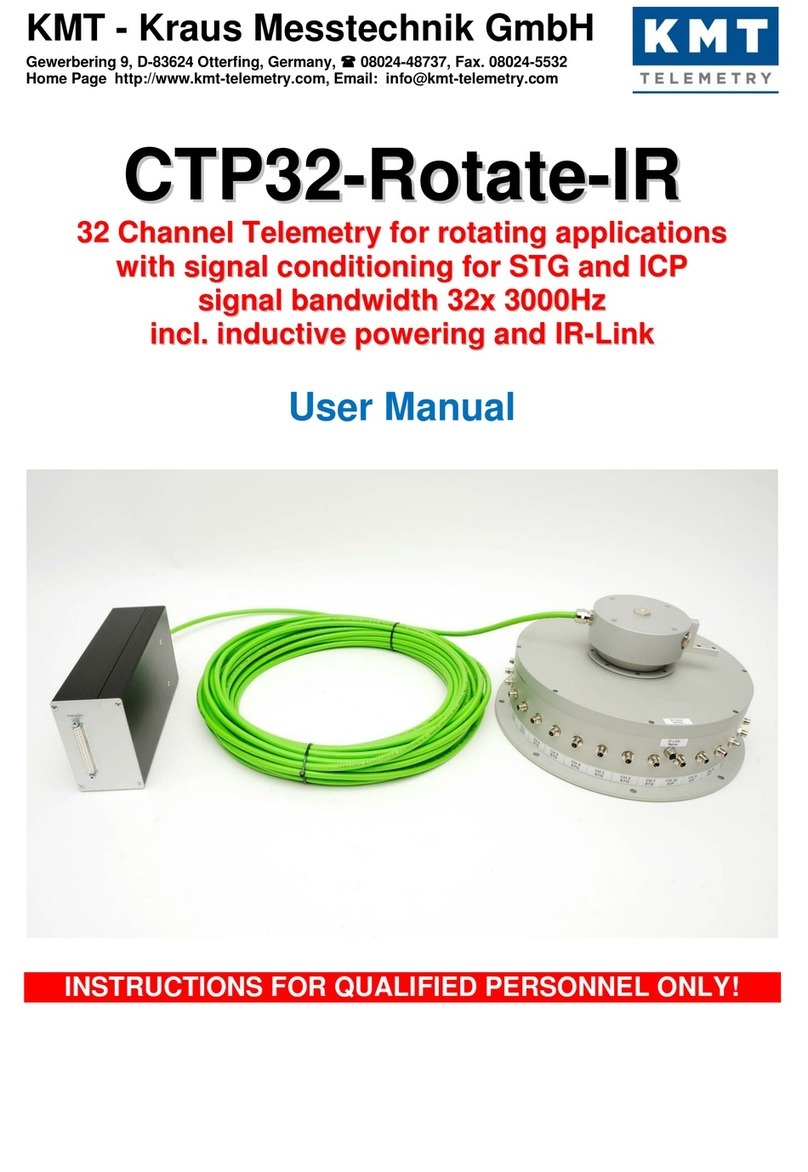When connecting to the vehicle electrical distribution system instead of the cigarette-lighter socket, always make sure the polarity
of the connection cable is correct. If you have contact problems with some makes of cigarette lighters you should use an adapter
cable (from a different connector type to a standard socket) to avoid inadvertently reversing the connection terminals.
To improve the signal-to-noise ratio, additional resistive loads such as rear window heater and lights (not gas discharge lamps)
should beturned on. All inductive loads such as air conditioning system, air blower, light dimmer, sliding roof and door opener
should remain off! This process increases the accuracy of the output signal in every case.
Start the engine, connect the coiled cable to the "Board Net" socket and plug the other end into the cigarette-lighter socket in the
vehicle. Make sure that the red "Power" LED on the RPM-8000PRO is illuminated.
After a short delay the device will detect the engine speed signal. Successful synchronization is signaled by the green "O.K."
LED on the RPM-8000PRO. The device is now in the ready state and all measuring signals are available at the output. If
synchronization has not taken place after a few seconds, this means that strong noise signals from vehicle loads have been
superimposed on the residual ripple from the vehicle electrical distribution system. In which case briefly press the accelerator and
synchronization will be achieved after returning to no-load speed.
You can now carry out the first tests by increasing and reducing the engine speed in the idling state and by monitoring the LCD
display and the voltage at the analog output. If the voltage tracks the engine speed synchronously, the device is functioning
properly on your vehicle.
Trouble shooting:
The use of cigarette-lighter sockets in the rear seating area or in the car trunk in some vehicles can cause additional
interference noise to be injected into the long line routes. You should therefore repeat the test at the socket on the
dashboard or on the driver's console.
A loss of synchronization may occur when the engine speed drops. In this case the vehicle electrical supply briefly switches
to battery-backup mode, as the high Faraday capacity of the battery is not able to decay quickly enough. To eliminate this
effect, switch on additional resistive loads (lights, window heater, etc.).
Some diesel engines in higher-class cars are equipped with overrunning alternators. In cases of extremely high
decelerations this may cause a short-time rotational speed difference between engine and alternator. This is important to
know, because the RPM-8000-PRO actually measures the number of revolutions per minute of the alternator.
If the RPM-8000-PRO is operated from the vehicle electrical distribution system while the engine is off and the ignition is on,
it may synchronize with arbitrary noise signals from the vehicle electrical distribution system, the reference signal from the
residual ripple is not available. In this case the green "O.K." LED is energized before the engine is started, and the system
must be "reset" by removing the connector from the cigarette-lighter socket for a short period. The same applies if the
engine is stopped and the green "O.K." LED does not go out.
On some luxury cars the RPM-8000-PRO may not work when plugged into the cigarette lighter socket. This is caused by
interference noise induced in the cable looms. The interference noise is generated by the considerable amount of electronic
hardware in these models and is within the synchronization spectrum of our RPM-8000-PRO. To avoid this problem,
connect the device via the supplied adapter cable to the battery or to a plus terminal nearest the battery. Make sure the
polarity of the adapter cable is correct
Should none of the abovemeasures prove successful, please contact us at: Mr. Plaksin plaksin@kmt-gmbh.com






























